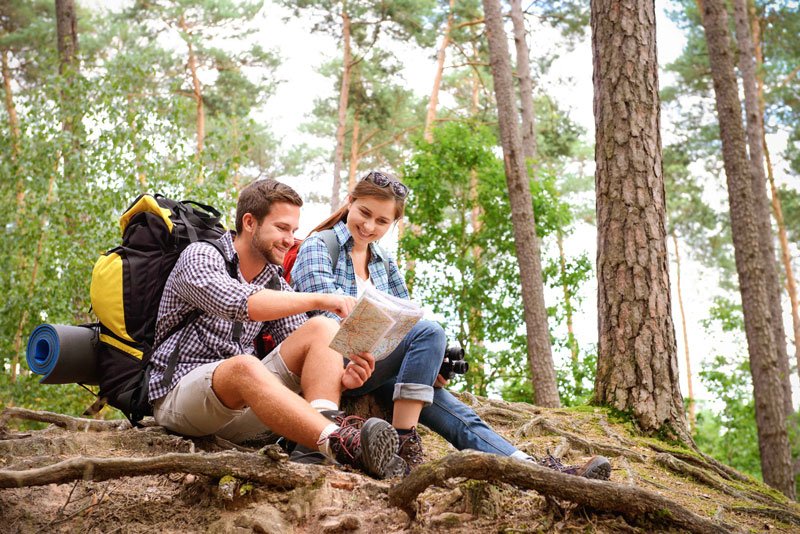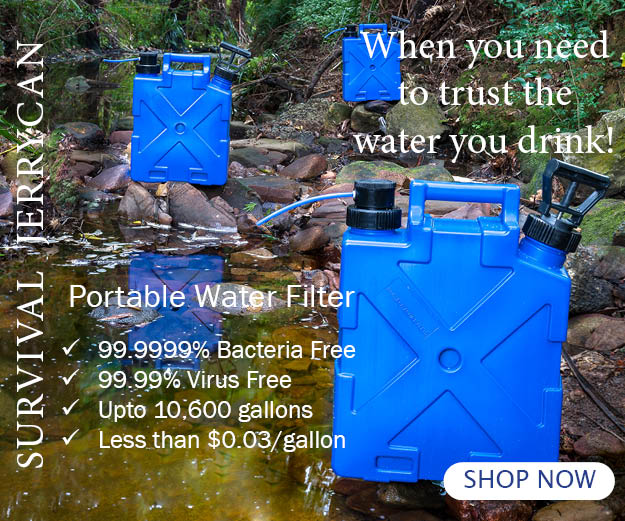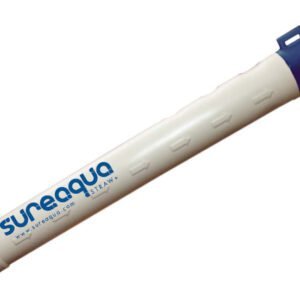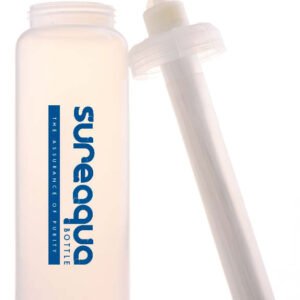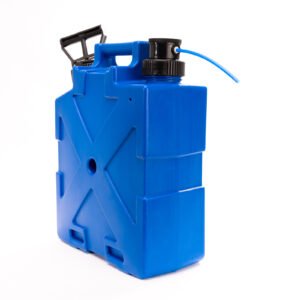Having a Hiking Water Strategy
Hiking water is usually the heaviest addition to a hiker’s backpack. Hikers can reduce their load by investing in lightweight camping gear and dehydrated camping food, but things get tricky when it comes to heavy water. Water is essential yet very heavy to carry. The ideal weight to carry on while hiking is no more than 20-25% of your body weight. For fluid intake, it is recommended for hikers to drink a minimum of three liters (or 5 to 6 pints) for every four hours of walking and more if the hike is particularly strenuous or the weather is hot. If you’re hiking for more than a day, it can get extremely difficult to carry sufficient water for longer hikes. It is important to have a good hiking water strategy.
During most hiking trips, access to water is not the issue. It is more whether the water is safe to drink. It is known that close to 90% of all global waterways are contaminated with life-threatening bacteria in water.
Reducing your backpack weight by choosing the right portable water filter
Thankfully, there are many companies that have come up with water solutions for hiking. Some are more effective than others. There are many cheap and nasty water filters in the market that claim to work.
Sure Aqua has been in the water filtration and purification business for over 20 years and has an enviable reputation for providing world-class military quality water filtration products.
SureAqua has a number of hiking water filter solutions that give you the freedom to drink as much water as you can find. It provides you access to safe clean drinking water, and never add more weight to your backpack than needed. The Sure Aqua purifying and filtering products filters or neutralizing out harmful bacteria. That means that you can be filled up from any water source.
Map out your hike via water sources
However, before you go hiking, it is essential to plan your trip to avoid carrying a heavy water load. Map out where the path meets natural water sources. Maps can give some estimation, but don’t rely on just one source. Use a combination of local knowledge and internet research to back up your hiking water plan.
Don’t rely on having to leave the track to find hiking water. For most hikes, it’s best to stay on the path and fill up your hiking water bottle in convenient locations. Unless the trail follows a creek for most of the time, each person will need at least their own Sure Aqua Bottle.
Hiking water Strategies
There are several hiking water strategies to stay hydrated and reduce the strain of heavy water. The most basic of these is to drink a large volume of water whenever you are at a natural source. That way, you don’t need to carry as much heavy water with you, and you will get less thirsty between refilling opportunities. Regardless of whether you’re at a natural water source or not, make sure to have a large drink of water each morning to hydrate you for the day.
The next most important strategy for hiking water is to manage heat. In hot weather, the body sweats more, releasing water that needs to be replenished. To avoid this, try to organize your hike in two shifts: morning and afternoon, and avoid the heat in the middle of the day. This way, you don’t get too hot, and you get time for a nice siesta too. When hiking, wear sun protection to manage your body temperature.
Also, be prepared to be adaptable. Anything can happen when you’re out hiking, and so however well you plan, you may need to deal with situations as they arise. If you find that one of the natural sources you were relying on for hiking water has dried up, consider other places that could give you access to water or dig a hole into capturing groundwater.
When you head out on an adventure having a hiking water plan can make all the difference. For more information about hiking, camping, and surviving in the bush, check out these related articles;
- How to choose a Hiking Water Filter
- Survivalist: How to survive in an emergency on a hike
- Choosing the Camping Water Filter that meets your needs
